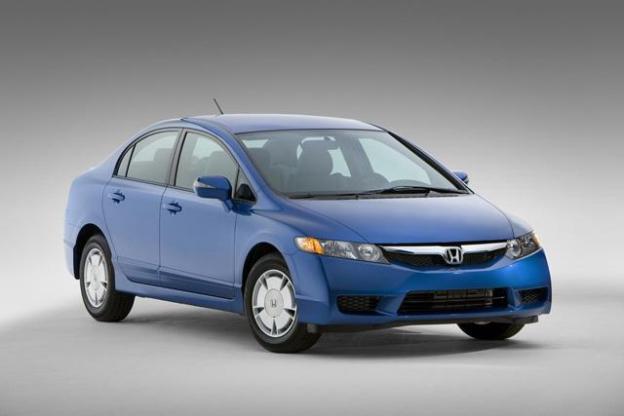
The first EVs on the market, the Ford Ranger Hybrid and the Saturn EV1 for example, used bulky, heavy, and relatively low power yield batteries. Since then, automakers have moved from lead-acid to nickel-metal and lithium-ion batteries. Though much more expensive, these batteries offered a compact size and high energy storage capacity.
The industry just might be on the cusp of a swing back toward a relative of the old lead-acid, though, in the form of lead-carbon batteries. Controlled Power Technologies (CPT), the Advanced Lead Acid Battery Consortium’s (ALABC) new LC Super Hybrid system, jointly developed the new lead-carbon batteries.
The new batteries are both cheap and able to withstand a long life of discharge and recharge abuse, with capabilities to last for more than 100,000 miles (but not on one charge, of course).
When fitted to a test vehicle, the new lead-carbon batteries allowed a 1.4-liter Volkswagen Passat to achieve power output equivalent of a 2.0-liter model with fuel-efficiency pushing above 42mpg. Unfortunately, those figures were on the more lenient European drive cycle so EPA estimates would be lower.
Lead-acid batteries stand as the most recycled product on the planet, according to Green Car Reports. So it stands to reason that the lead-carbon batteries would also be easily recycled – further adding to their benefits.
Don’t expect full EVs or plug-in hybrids to receive the new lead-carbon batteries, though. They were designed with micro hybrids (cars that utilize a battery pack for brake energy regeneration) and mild hybrids (hybrids that can’t run on electricity alone) in mind.
ALABC and CPT say that the new lead-carbon batteries will be ready for production implementation by 2015.
Editors' Recommendations
- The future of cars: A new spin on an old idea could revolutionize autonomous vehicles
- New battery design could mean EVs charge in only 10 minutes


